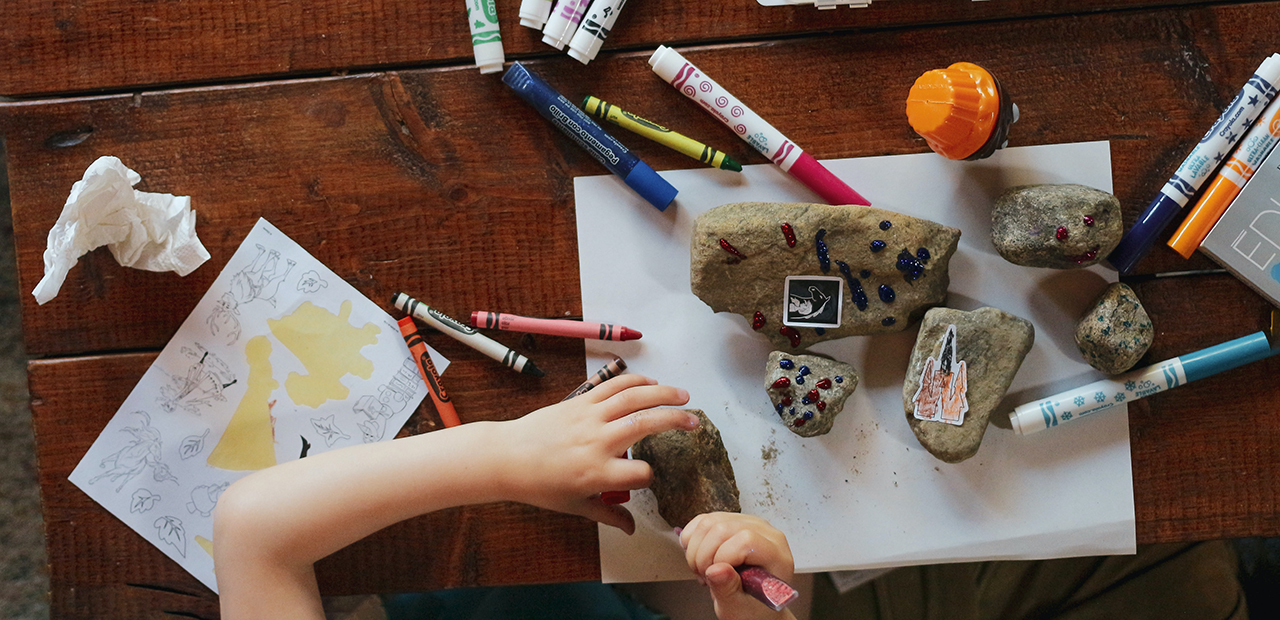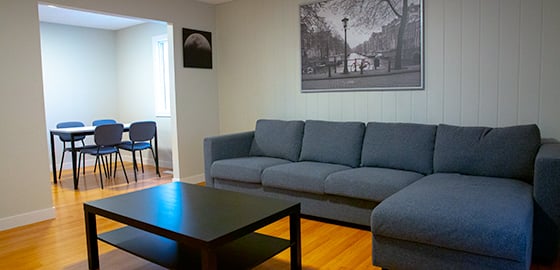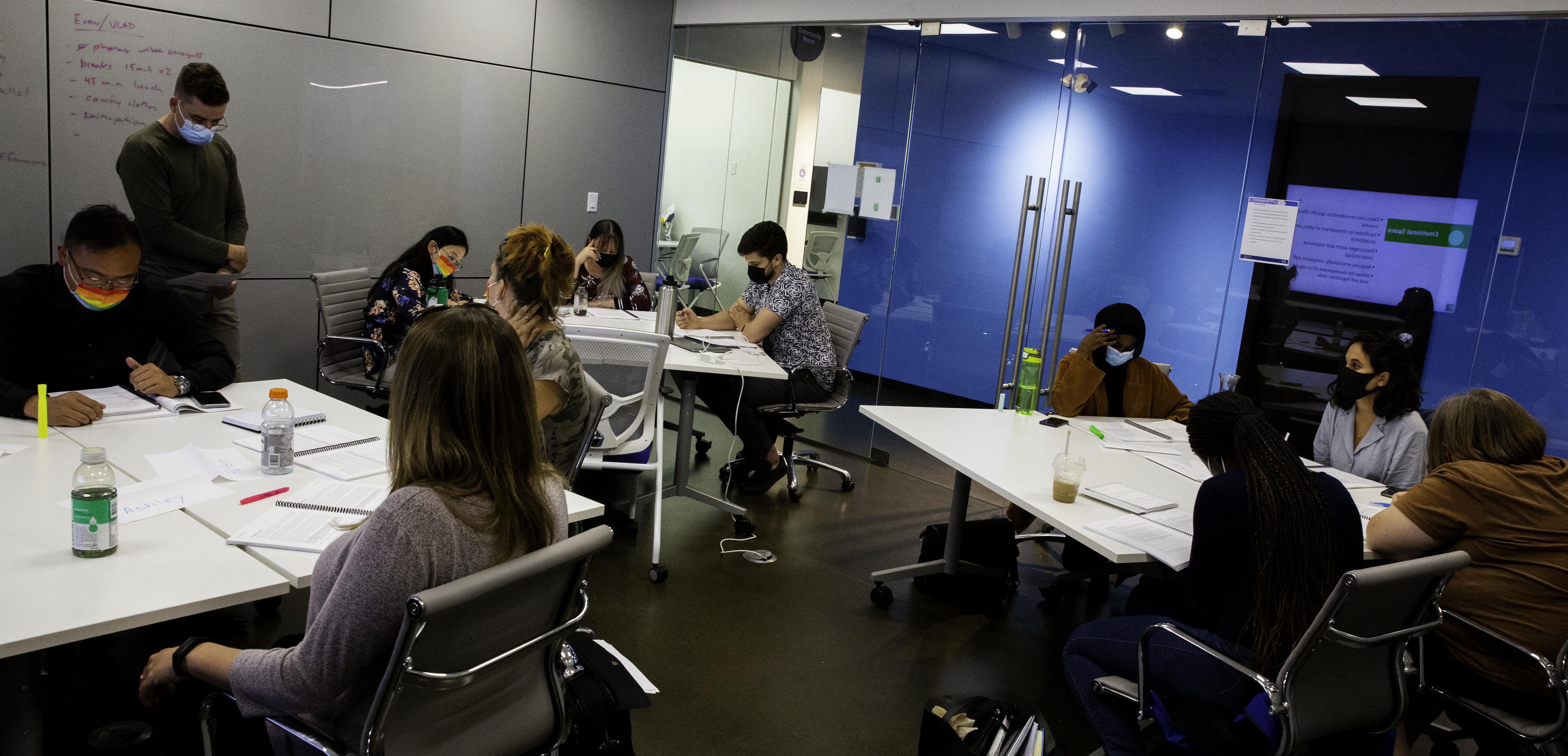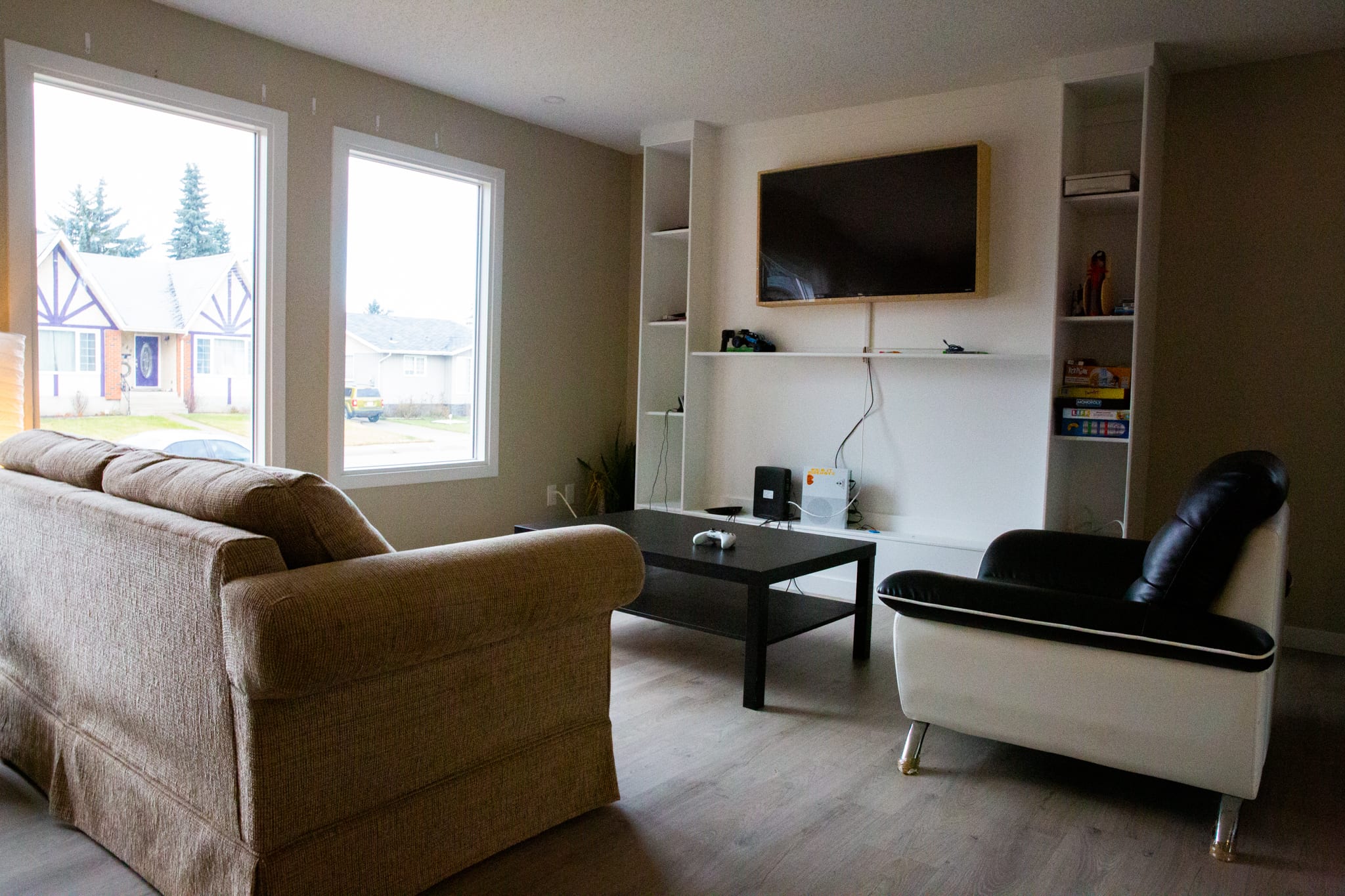Written by CarePros Recreation Therapist Haley O'Neil
Children and youth who have a developmental and or behavioural disability may require adaptations to everyday tasks to accommodate the unique way that their brain processes the information presented to them. What may seem like a simple task for others may feel like the equivalent of trying to climb Mount Everest.It is crucial to break down activities into steps. Activity modification is a concept that allows a parent, caregiver, or professional supports to set a child or youth up for success. Simple modifications of activities like completing a daily chore list, playing basketball, and working with papier mache can instill confidence in a child. Adaptations can be physical and cognitive-based, but sometimes a mix of both can be the perfect fit a child/youth needs.
When it comes to modifying a task, such as a daily chore, remember that “less is more.” Review the instructions needed to complete the chore, and if it helps to visualize, write them down. For example, cleaning one’s bedroom is a single chore but is made up of individual tasks to achieving a cleanroom. To reduce the risk of overwhelming a child/youth, start by introducing each task separately. When the task is complete, you can then introduce the next task (i.e. “Ok dirty clothes from the floor are now in the hamper, so now we can vacuum the floor”).
Promoting fairness and equality is essential when introducing new tasks or activities to children. If a task is being met with a lot of resistance, approach the task as an opportunity to be completed as a team. Transitioning the mindset of chores from an obligation to a collaboration can warm up the idea if they believe they are not alone. Oftentimes when we are told to do something by someone else, we naturally become defensive and question why someone is demanding orders. A parent or support can provide a child/youth with a selection of choices, and then the power shifts to the youth deciding what they would like to complete first. Sometimes to support an individual’s success, we need to show our willingness to support them and help to problem solve when things become difficult.
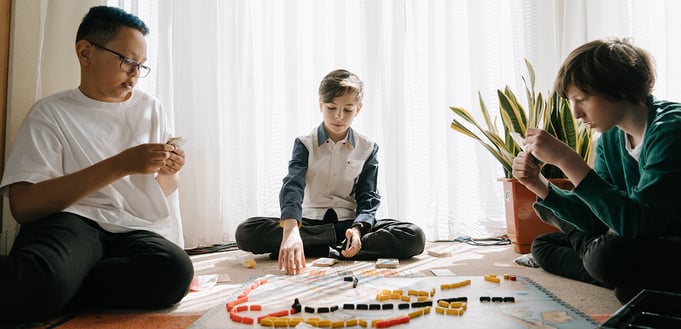
With a recreational activity, the same advice applies — start simple. When learning how to play a game or completing a DIY craft, there are instructions and rules to teach you how to be successful. When accommodating someone’s disability, however, the goal is to reduce any barriers so that they remain motivated to complete the activity and feel a sense of accomplishment. CTRS Tip Ray (2021) outlined five principles for activity adaptation:
- Adapt only when necessary- allowing a child to see their capabilities can teach confidence and help them to advocate for the help they need to be successful.
- Adapt on an individual basis- Adaptations are unique to the child and are not always universal.
- View any adaptations as temporary- adaptations can help teach the fundamental skills needed to be successful within an activity setting. When the child has become confident with the modified activity, you can then introduce standard rules to continue to challenge and promote their skill development.
- Adapt for Congruence - adaptations do not have to be exaggerated. Promoting inclusion among all children is important, and any adaptation wants to avoid reinforcing that having a disability makes someone “different.”
- Adapt for Availability- this is directed towards the accessibility of adapted equipment and/or an adapted environment. Families and children should be accommodated with the appropriate adaptation across all settings, and not just restricted to a specialized environment.
Examples of activity modifications:
- Allow a bounce or two between juggles with a soccer ball.
- Remove the score component and focus on the client learning the foundational skills first.
- Provide a visual sequence of instructions via pictures to support their understanding of the steps of an activity.
- When making a beaded animal keychain, have the staff member hold onto the string while the client chooses and places the beads to complete the project.
- When introducing racket sports/ball sports, utilize a balloon first to focus on building the client's confidence to hit the balloon. Once they have demonstrated continued success, then introduce the normal ball.
References:
National Centre on Health, Physical Activity and Disability, https://www.nchpad.org/108/843/Principles~for~Adapting~Activities~in~Recreation~Programs~and~Settings
